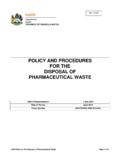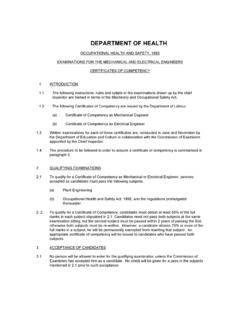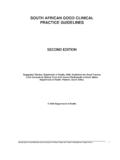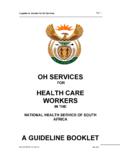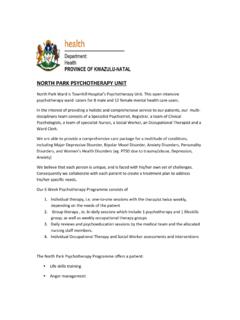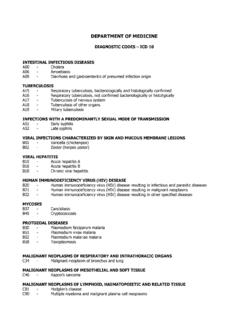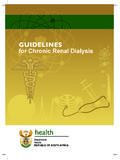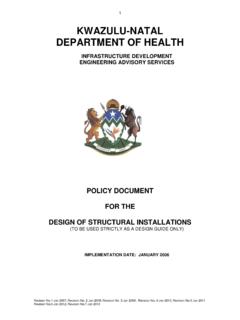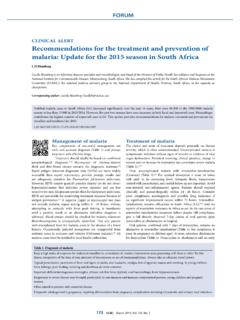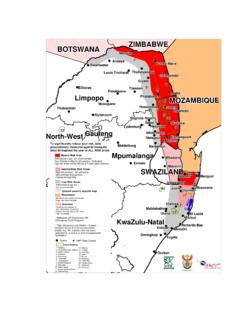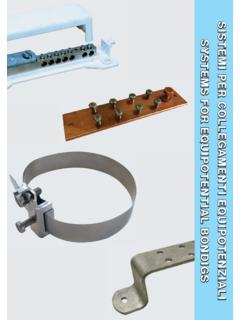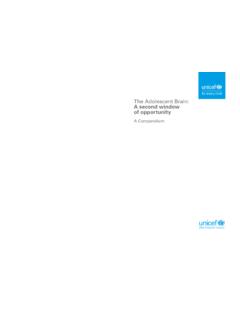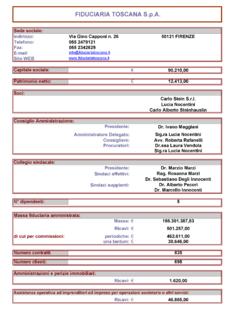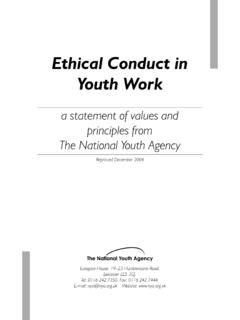Transcription of Questions and Answers on the assessment and designation of ...
1 Questions And Answers On The assessment And designation of baby friendly Hospitals Q1 What is the baby friendly hospital Initiative trying to achieve? A It is a strategy for transforming all hospital and maternity facilities into services that give the best possible support to breastfeeding. Q2 Why are the Ten Steps non-negotiable? A Taken from the 1989 WHO/UNICEF Joint Statement, they represent the best available knowledge on what make breastfeeding succeed. Experience in many countries has shown that each of these Steps is an element in achieving the goals of exclusive and sustained breast-feeding.
2 The Innocenti Declaration of 1990, endorsed by the World Health Assembly and by the UNICEF Executive Board, sets as its third operational target: All governments by the year 1995 should have ensured that every facility providing maternity services fully practices all ten of the Ten Steps of Successful Breastfeeding. In 1990, the Committee for Health Matters in South Africa adopted a slightly amended version to the Ten Steps as National Breastfeeding Policy. (See above) Q3 What kind of services can be assessed with the global BFHI instruments?
3 A Any inpatient facility providing maternity care, antenatal services, delivery, special newborn care and postnatal care, including private maternity homes and community birth centres, may be assessed. Q4 What is the first stage of assessment ? A The first stage is internal, an internal self-appraisal or evaluation by the hospital or maternity facility. The staff conducts their own appraisal to establish how their services up compared to the Global Criteria. These and the hospital Self Appraisal Tool are included in Part 2: hospital Level Implementation, which is available from the Provincial Nutrition Office for distribution.
4 It is recommended that hospitals and maternity facilities use several self-appraisal mechanisms, including discussions with patients and junior staff, before seeking external assessment . Q5 Who decides when to conduct the internal self-appraisal? A The hospital or maternity facility staff can decide this, and as many institutions as possible should be encouraged to appraise themselves and start making any needed changes, it is expected that a hospital s progressive implementation of the Ten Steps, and their elimination of free and low cost formula supplies will be reflected in a breastfeeding-at-discharge rate of at least 75% by the time it is ready for the next stage.
5 Q6 What is the second stage of assessment ? A The second stage is an external supportive monitoring, and evaluates whether a hospital or maternity facility qualifies to be assessed. A team not connected with the hospital or maternity facility conducts the supportive monitoring. Q7 When will a facility be assessed for baby friendly accreditation? A The final step is an external assessment that evaluates whether a hospital or maternity facility qualifies as baby friendly by international standards. A team not connected with the Province will conduct the external assessment Q8 Why are there so many interviews in the assessment ?
6 A In many health services, there is a discrepancy between stated policy of the facility and what actually happens for mothers. The oral interviews seek an unbiased view which can help staff to bring the policy and the reality into alignment, as the mothers own experiences are the best measure of effective support for breast-feeding. It is recommended that at leas twice as many mothers should be interviewed as staff. Q9 When is a hospital or maternity facility baby friendly by international standards? A When it completely meets the Global Criteria for Step One, adequately meets the criteria for Steps Two through Ten, and does not accept, use or distribute free or low cost supplies of infant formula and other breastmilk substitutes.
7 Regarding rare exceptional cases, the World Health Assembly Resolution states that free or subsidized supplies are permitted only for feeding orphaned and abandoned children, and for babies with certain rare metabolic disorders, such as phenylketonuria, galactosaemia and maple syrup urine disease. Q10 Are there some places where one or more of the Ten Steps just cannot be applied? A The needs of babies are the same worldwide. The elements of sound programmes of support to breastfeeding are also the same. Each Step of the Ten Steps represents one essential element.
8 Q11 What are some ways in which we can fulfill Step Ten? A Step Ten states that maternity facilities should foster the establishment of breastfeeding support groups, and refer mothers to them on discharge from the hospital or clinic. After discharge, mothers need ongoing help and reassurance. This support may be provided by lactation clinic, by trained home health visitors, by neighborhood mother-to-mother support groups, by peer counselors regularly available at community gathering and religious services, or by telephone counseling where people have telephones.
9 Step Ten will be implemented variously in accord with local conditions. The aim is to provide accessible, acceptable and skilled help with breastfeeding to all mothers. Experience so far indicates that community mother-to-mother support groups are a very effective and inexpensive way of providing this help. Q12 Could one simply rely upon the extended family to provide support? A Where breastfeeding patterns are still close to optimal, excellent support may be given by older relatives who have personal experience of exclusive and sustained breastfeeding.
10 Such support cannot be relied upon however, where relatives are likely to recommend early bottle supplementation, timetable feeding, or weaning before the second year. Another factor may be the fragmentation of families due to urbanization and population movements, as is the case in South Africa where rapid urbanization has led to widespread break down of the family network and decreased accessibility to health care systems and support. When worries arise, will the supportive relatives be harder to reach than the neighborhood shop with its shelves of infant formula.
